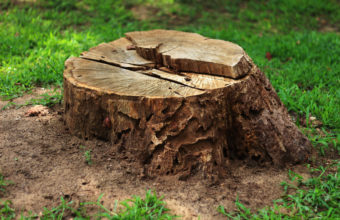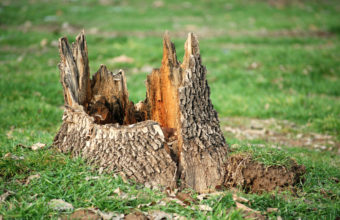Pruning the bottom branches of evergreen trees, often referred to as “limbing up” or “raising the canopy,” can be done for a variety of reasons, but it should be approached with care to ensure the health and aesthetic value of the tree are maintained.
Here are some considerations and circumstances under which you might choose to cut the bottom branches of evergreen trees…
Reasons for Pruning Bottom Branches
- Access and Clearance – Removing lower branches can provide necessary clearance for walkways, driveways, buildings, or to allow light to reach the ground for grass and other plants to grow.
- Health and Airflow – Pruning can help improve airflow around the base of the tree and reduce humidity, which may decrease the risk of certain diseases.
- Aesthetic Reasons – In some landscaping designs, removing lower branches can highlight the form of the tree or improve the view of the landscape.
- Safety – Removing branches that are dead, damaged, or diseased can reduce safety hazards.
Considerations Before Pruning
- Tree Health – Consider the health of the tree before pruning. Removing too many branches at once can stress the tree. Generally, it’s advised not to remove more than 15-25% of a tree’s foliage in a single year.
- Timing – For most evergreen trees, late winter or early spring, just before the start of the growing season, is the best time to prune. This timing minimizes sap loss in species that are prone to it and reduces the risk of attracting pests that are active in warmer months.
- Natural Shape – Maintaining the natural shape of the tree should be a goal. Over-pruning or improper pruning can lead to an unbalanced or unnatural appearance.
- Species-Specific Needs – Different species of evergreen trees may have different requirements or tolerances for pruning. Some species can tolerate heavy pruning and will regrow more vigorously, while others may not recover well.
How to Properly Cut Bottom Branches
- Clean and Sharp Tools – Use clean, sharp pruning tools to make clean cuts. This helps ensure quick healing and reduces the risk of disease.
- Pruning Technique – Cut branches just outside the branch collar (the swollen area where the branch meets the trunk) without damaging it. Do not leave a stub, as this can hinder the healing process.
- Selective Pruning – Be selective about which branches to remove, focusing on those that achieve the desired outcome without unnecessarily stressing the tree.
Consult a Professional
If you’re unsure about how to properly prune your evergreen trees or if the trees are large and the work involves climbing or using a ladder, it might be safest to consult a professional arborist. An arborist can assess the tree’s health, determine the best approach to pruning, and perform the work safely.
Cutting the bottom branches of evergreen trees can be beneficial for various reasons, but it should be done thoughtfully and with an understanding of the tree’s needs to avoid harming the tree.






